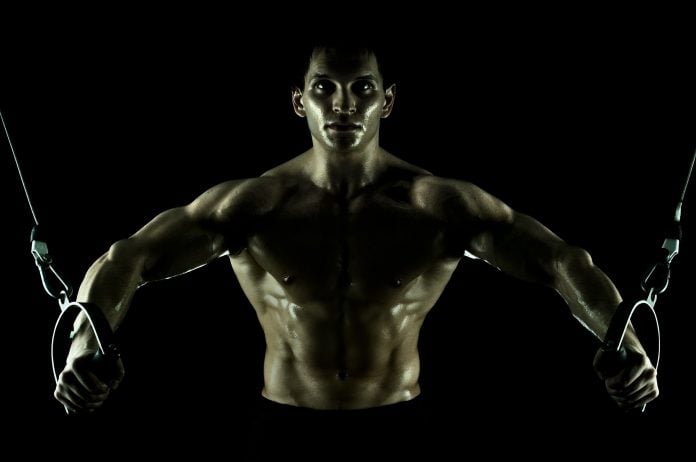Already fit? Aim higher and make breakthroughs with a sports conditioning training programme.
Until recently, many people believed that power athletes were born and not made. What’s little unknown is that a proper sports conditioning training program can make anyone faster, stronger, more powerful and better at any sport.
Professional and competitive athletes, including basketball superstar LeBron James, footballer Cristiano Ronaldo, and former mixed martial arts exponent Georges St Pierre have all used sports conditioning as part of their training to reach the top of their games.
Essentially, sports conditioning is a form of training that is specific, focusing on skills-related fitness to be developed for a particular sport or activity.
Whatever your game, be it basketball, football or tennis, sports conditioning can help take you to the next level.
“It is most commonly used by athletes and sports enthusiasts either for competitive training or maintenance of performance” says Kirk Hidalgo, exercise specialist at Energyone gym.
According to him, sports conditioning helps to improve balance, agility, coordination, speed, reflexes and power, all of which are essential to performing well in a sport.
Kirk advises that one should consult a professional strength and conditioning coach before embarking on a sports conditioning programme.
“Strength and conditioning coaches must administer assessments on body composition, posture and movement to create a programme that targets both the individual needs and wants,” he says.
“Sports conditioning programs should facilitate and develop the proper function and technique while minimising risk. It includes pre- and post-exercise assessments to track progress and measure improvements.”
For a start, you can begin with generic sports conditioning workouts illustrated in this spread. As you get fitter, you can increase the workout intensity by increasing the distance and speed of each workout.
For instance, to get a more challenging workout out of the skaters exercise, you can increase the distance between each cone from five to 10 metres apart.
Alternatively, you can tilt your body to a 90-degree angle when you are doing skaters – a general skaters workout only requires you to move from side to side. But Kirk’s advice is not to overreach and overtrain.
“Our body develops not just through training but also by balancing it with rest, recovery and proper nutrition. Success can be developed progressively.”
Sports conditioning training: Step by Step
Skaters
Start with the lead leg in front and your upper body straight. Move towards the second cone by jumping and propelling yourself upwards as high as possible. Make sure you progress at a comfortable tempo, control your
Cross-over cones
Start with the lead leg in front and run straight ahead to accelerate. Once you reach the first cone, immediately move laterally and reach for the 2nd cone and then crossover to the third cone. This exercise will improve ankle-stabilising strength and braking mechanics when changing direction. In short, it helps to build agility.
High-Knee run on ladder
Use the lead leg to step inside the agility ladder, immediately followed by the other leg, creating small but fast movements. Lift your knees to waist level so as to produce more propulsion and velocity. Repeat the same movement and finish the whole ladder trail.
Mini Hurdles
Start by standing among the two of the hurdles, perpendicular to them. Jump laterally sideways over the hurdle as fast as possible and with as much vertical life as possible. Keep your body stable and synchronized so as to maximise your jumps. Repeat sideways as quickly as you can. During landing, take care to land with less impact.
Reverse Wood Chop
Start with a squat position by holding the cable slightly in front of you and to the side. You should move in a rotational manner towards the other side and follow through with the side leg close to the point of axis. While keeping a strong, stable position, bring the arms across towards the other direction. Go back to squat position and repeat the same moves.


